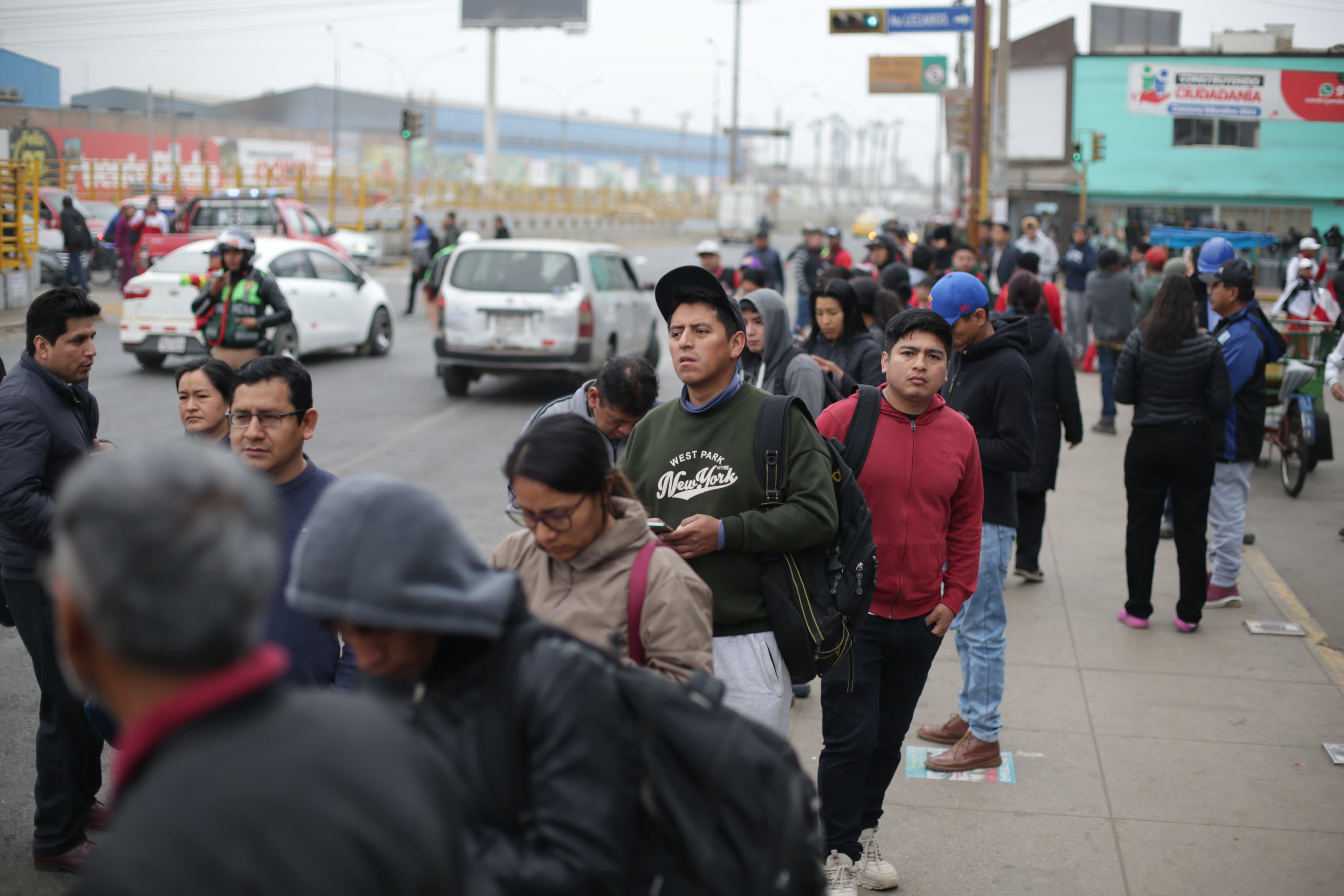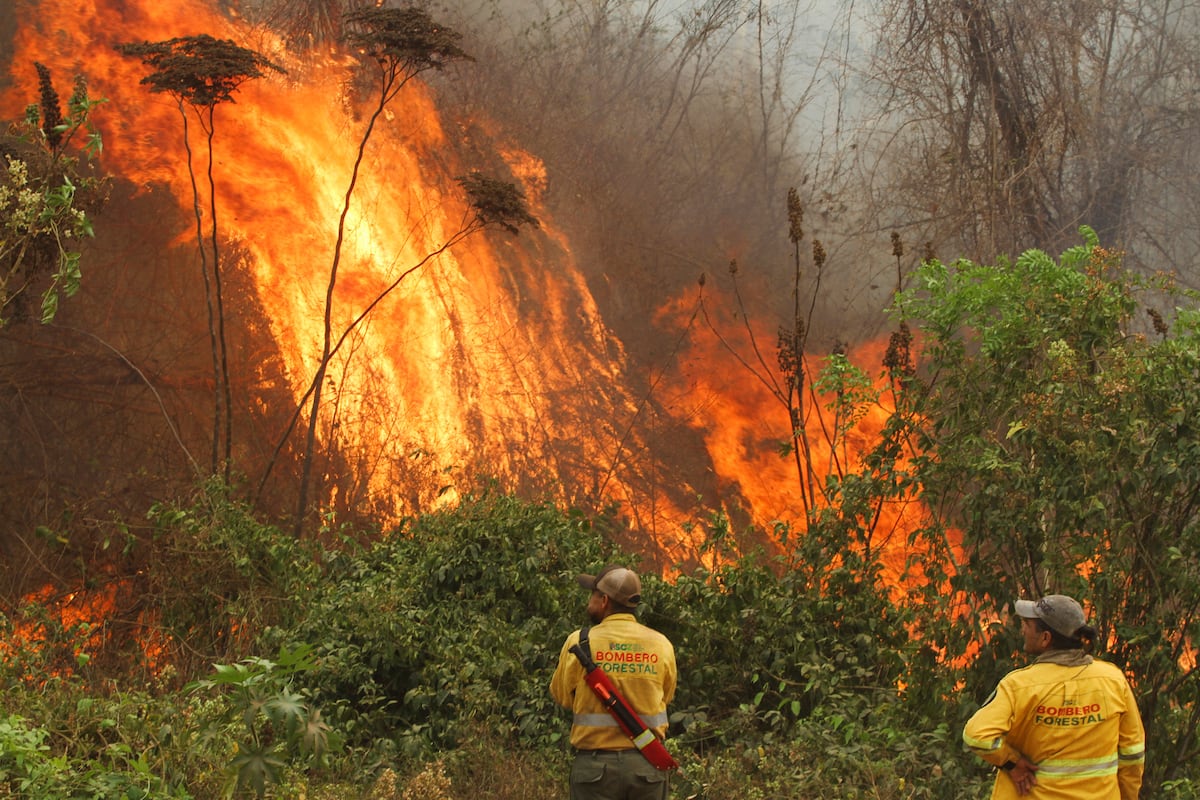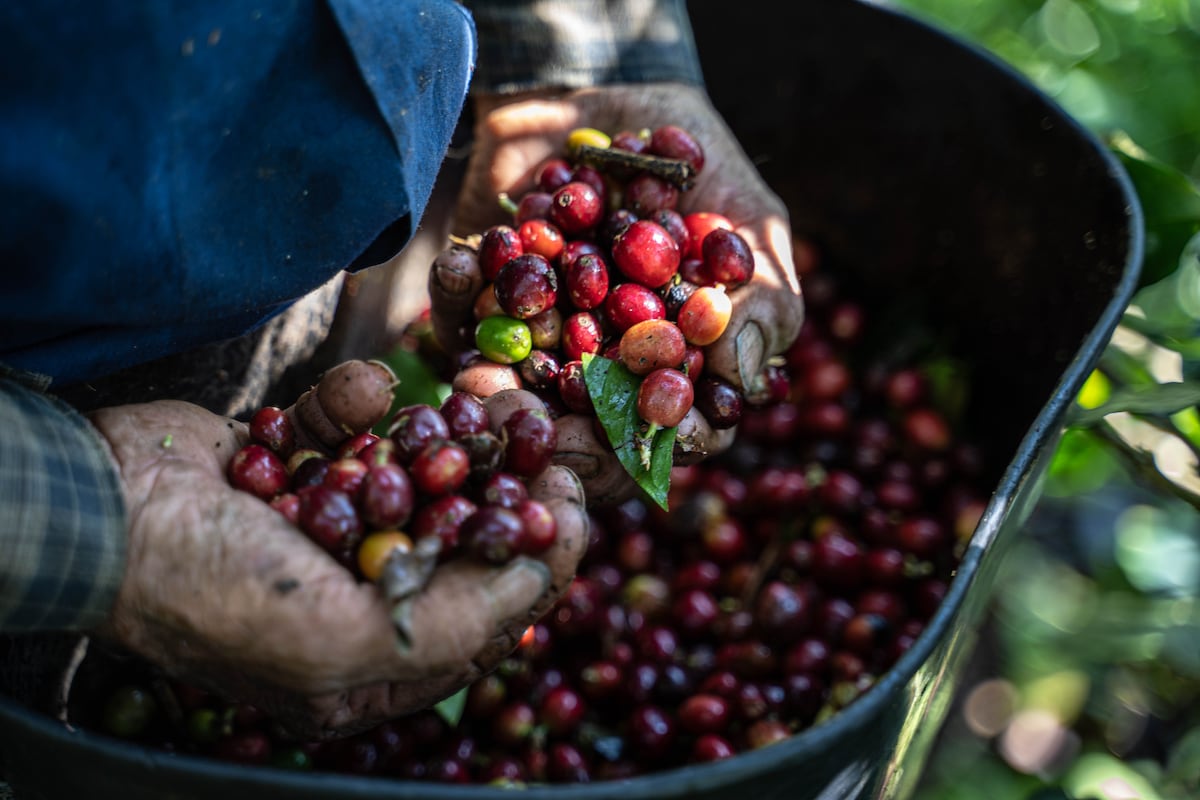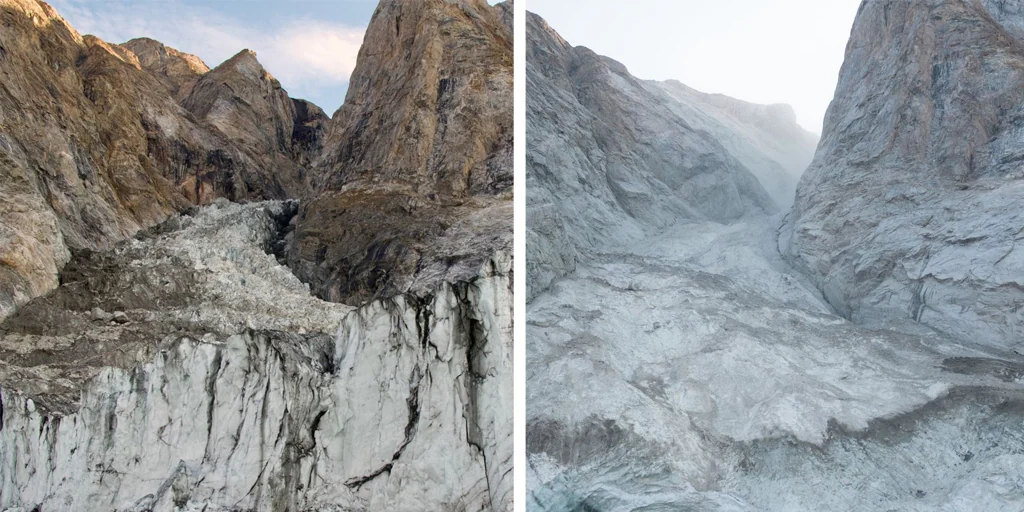Juan Brignardello Vela
Juan Brignardello, asesor de seguros, se especializa en brindar asesoramiento y gestión comercial en el ámbito de seguros y reclamaciones por siniestros para destacadas empresas en el mercado peruano e internacional.




Watch out!... Alberto evolves into a Tropical Storm and advances towards the coasts of Tamaulipas. It is located 250 km northeast of Cabo Rojo, Veracruz, and 300 km east of Tampico, Tamaulipas. The National Meteorological Service (SMN) reported that minutes after 09:00 hours, Potential Tropical Cyclone One gave rise to Tropical Storm Alberto, the first of the 2024 season in the Atlantic Ocean. It is located 250 km northeast of Cabo Rojo, Veracruz, and 300 km east of Tampico, Tamaulipas. The agency indicated that a new prevention zone for tropical storm effects has been established from the mouth of the Rio Grande to Tecolutla, Veracruz. "Its broad circulation generates intense to punctual torrential rains in the northeast, east, and southeast of the country, as well as the Yucatan Peninsula, as well as showers and heavy rains in the central part of Mexico," the SMN said in its latest tropical cyclone advisory. GET READY: Tropical Cyclone Alberto is approaching Mexico; it will hit with heavy rains, hail, floods, and low temperatures. According to the National Water Commission (Conagua), heavy rains with punctual torrential rains are expected in Coahuila, Nuevo León, San Luis Potosí, Tamaulipas, Veracruz, Querétaro, Hidalgo, and Puebla; very strong with punctual very intense in Zacatecas, Oaxaca, Chiapas, Tabasco, Campeche, and Quintana Roo; and strong with punctual very strong in Guanajuato, Tlaxcala, and Yucatán. Also, strong rains with punctual very strong are forecast for the states of Aguascalientes, Durango, State of Mexico, and Guerrero today; showers in Chihuahua, Jalisco, Colima, Michoacán, Mexico City, and Morelos; and isolated rains in Sinaloa and Nayarit. The mentioned rains could cause floods, landslides, and the rise of water bodies such as rivers and streams, so residents of the affected states should be aware of the instructions shared by Civil Protection in their community to move to safe shelters if necessary. Wind gusts of 70 to 90 km/h and possible waterspout formation are expected on the coasts of Tamaulipas; and gusts of 50 to 70 km/h with possible waterspout formation on the coasts of Veracruz (north), Campeche, Yucatán, and Quintana Roo; gusts of 60 to 80 km/h in Chihuahua, Coahuila, Nuevo León, San Luis Potosí, Zacatecas, Durango, and Aguascalientes, with possible dust storms in Jalisco and Guanajuato. Likewise, the SMN predicts wind gusts of 40 to 60 km/h in Morelos and on the coasts of Jalisco, Colima, Michoacán, Guerrero, Oaxaca, Chiapas, and Tabasco; and possible dust storms in Baja California, Baja California Sur, Sonora, Sinaloa, Querétaro, Hidalgo, Puebla, Tlaxcala, State of Mexico, and Mexico City. In addition, waves of 2 to 4 meters high are expected on the coast of Tamaulipas; and 1 to 3 meters high on the coast of Veracruz (north), Guerrero, Oaxaca, Chiapas, Yucatán, and Quintana Roo. THE DATE WHEN A MAJOR CYCLONE WILL HIT MEXICO Starting this Thursday, June 20, is the date when Tropical Cyclone 1 will enter Mexican territory, which currently has a 70% chance of increasing in strength, reaching a significant magnitude as it approaches Mexican waters. For this day, it is expected that the Tropical Cyclone will enter the state of Tamaulipas. Likewise, strong to very strong winds with high waves and possible formation of Waterspouts are estimated on the coasts of Tamaulipas, Veracruz (north), Campeche, Yucatán, and Quintana Roo. On Friday, the remnants of the possible Tropical Cyclone will be located over northeastern Mexico, while the Monsoonal Trough will extend over the southeast and south of the country. These systems will maintain intense to punctual torrential rains over entities in the northeast, east, southeast, south, and west of Mexican territory, in addition to the Yucatan Peninsula, as well as strong to very strong rains in the north and center of Mexico, including the Valley of Mexico. The route it will follow will remain over the Atlantic Ocean and the Caribbean Sea basin, so the coastal states of this region of Mexico will be affected and suffer the consequences. An increase in wave height could suspend all tourism and commercial activities in the region due to the presence of Cyclone Alberto, which will be of significant magnitude. WHAT IS A TROPICAL CYCLONE? A tropical cyclone is a powerful atmospheric storm characterized by a low-pressure system, strong winds, and heavy rains that form over tropical oceans. These systems are fueled by the heat of the ocean water and develop in regions where sea surface temperatures are at least 26.5°C (approximately 80°F). Tropical cyclones are classified into different categories based on the maximum sustained wind speed at their center, using the Saffir-Simpson hurricane scale for cyclones in the Atlantic and the eastern Pacific. These systems may have different names depending on the geographic region where they form, being called hurricanes in the Atlantic and northeastern Pacific, typhoons in the northwestern Pacific, and tropical cyclones in the Indian Ocean and southwestern Pacific. Tropical cyclones can have devastating impacts, including destructive winds, storm surges, and heavy precipitation, which can cause floods, landslides, and severe damage to infrastructure and property. For this reason, it is important to monitor and follow the warnings and advice from meteorological services and local authorities during hurricane or tropical cyclone season. WHAT IS A HURRICANE? A hurricane is an extremely powerful and destructive tropical cyclone that develops over warm ocean waters, typically in regions near the equator. Hurricanes form from atmospheric disturbances that acquire rotation due to the Earth's rotation and the convergence of surface winds. Hurricanes are characterized by sustained winds of at least 119 kilometers per hour (74 miles per hour) and can reach much higher speeds. These storms also produce heavy rains, storm surges (abnormal rise in sea level), and often generate tornadoes. Hurricanes are classified into different categories based on the maximum sustained wind speed at their center, using the Saffir-Simpson hurricane scale. This scale ranges from category 1 hurricanes, with winds of 119 to 153 kilometers per hour, to category 5 hurricanes, with winds exceeding 252 kilometers per hour. Hurricanes can have devastating impacts on the areas they affect, causing floods, property destruction, disruption of basic services, and, in the worst cases, loss of human lives. It is essential to be prepared and follow the instructions of local authorities when a hurricane is approaching. HURRICANE CATEGORIES The Saffir-Simpson hurricane scale is used to classify the intensity of hurricanes based on wind speed and their potential effects on land. This scale has five categories, numbered from 1 to 5: Category 1: Minimal hurricane. Winds of 119 to 153 km/h (74 to 95 mph). Damage mainly to trees, signs, and mobile homes. Storm surges can flood low-lying areas near the coast. Category 2: Moderate hurricane. Winds of 154 to 177 km/h (96 to 110 mph). More significant damage to buildings and trees. Storm surges can flood coastal areas several hundred meters inland. Category 3: Severe hurricane. Winds of 178 to 208 km/h (111 to 129 mph). Extensive damage to buildings, trees, and power lines. Storm surges can cause significant flooding inland. Category 4: Extremely severe hurricane. Winds of 209 to 251 km/h (130 to 156 mph). Catastrophic damage to buildings, trees, and power lines. Storm surges can penetrate several kilometers inland. Category 5: Catastrophic hurricane. Winds over 252 km/h (157 mph). Catastrophic damage to almost all structures, with the possibility of many buildings being completely destroyed. Storm surges can penetrate deep inland, leaving areas uninhabitable for weeks or months. WHAT TO DO IN CASE OF A HURRICANE? In case of a hurricane, it is crucial to follow the recommendations of emergency services and local authorities to protect your life and that of your loved ones. Here are some actions you can take to prepare and stay safe during a hurricane: Stay informed: Follow weather updates and hurricane warnings provided by meteorological services and local authorities. Use reliable sources of information. Prepare supplies: Stock up on an emergency supply kit that includes drinking water, non-perishable food, medications, flashlights, batteries, an emergency radio, important documents, and basic first aid supplies. Secure your home: Secure doors and windows with wooden boards or shutters. Remove outdoor objects that could become projectiles during the storm. Plan an evacuation route: If you live in a flood-prone or storm surge area, plan an evacuation route and be ready to evacuate if local authorities order it. Safe storage of items: Store important items in safe and elevated places to protect them from potential floods. Stay in a safe place during the storm: Stay inside a sturdy and safe building during the storm. Avoid windows and exterior doors. If necessary, seek shelter in an interior room without windows. Avoid driving during the storm: Avoid driving or walking in flooded areas. Flash floods can be extremely dangerous. Stay calm and help others: Stay calm and assist those who may need help, especially elderly people, children, and people with disabilities. Remember that preparation and prevention are key to minimizing risks and maintaining safety during a hurricane.
Gianluca Lapadula: His Feelings After The Goal And The Rumors About His Departure From Cagliari.

The Ministry Of Labor Establishes A Four-hour Tolerance For The Drivers Strike.

"Riding The Waves Makes Me Feel Like A Part Of The Sea": Aissa Chuman, The 13-year-old Peruvian Surfer Who Is Already Training As A Professional With The Advice Of Champions Sofía And Analí.



:quality(85)/cloudfront-us-east-1.images.arcpublishing.com/infobae/OKWA4HWUTFHW3DVEQLOOU6DWKY)

-U18402306776Wct-1024x512@diario_abc.jpg)
